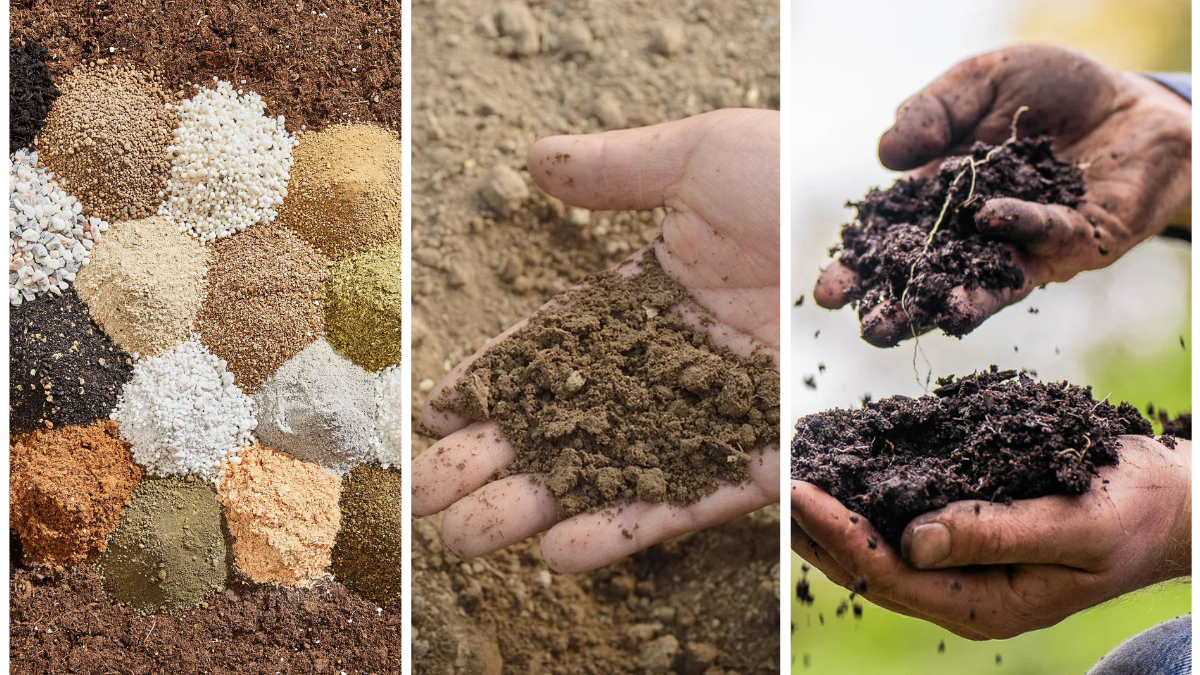Gardening in sandy soil can feel like an uphill battle. While sandy soil drains quickly and warms faster in spring—advantages for some crops—it often struggles to hold onto water and nutrients long enough for plants to thrive. Gardeners working in sandy conditions may notice wilting plants, poor fertility, and uneven growth. Fortunately, the solution lies in amending sandy soil with the right materials that improve water retention, boost fertility, and enhance overall soil structure.
This article will guide you through why sandy soil needs amending, the best soil amendments to use, and how to apply them effectively to create a thriving, productive garden.
Why Sandy Soil Needs Amendments

Sandy soils are made up of large particles that don’t compact easily. While this allows for excellent drainage, it also means:
- Poor Water Retention – Water flows through quickly, leaving plants thirsty.
- Nutrient Leaching – Essential minerals like nitrogen, potassium, and magnesium are washed away.
- Weak Soil Structure – Sandy soil doesn’t hold organic matter well, reducing microbial life and root support.
- Low Organic Content – Natural fertility is often lacking compared to loamy soils.
Amending sandy soil helps balance these weaknesses, creating a soil that holds moisture and nutrients while still draining efficiently.
The Best Amendments to Add to Sandy Soil
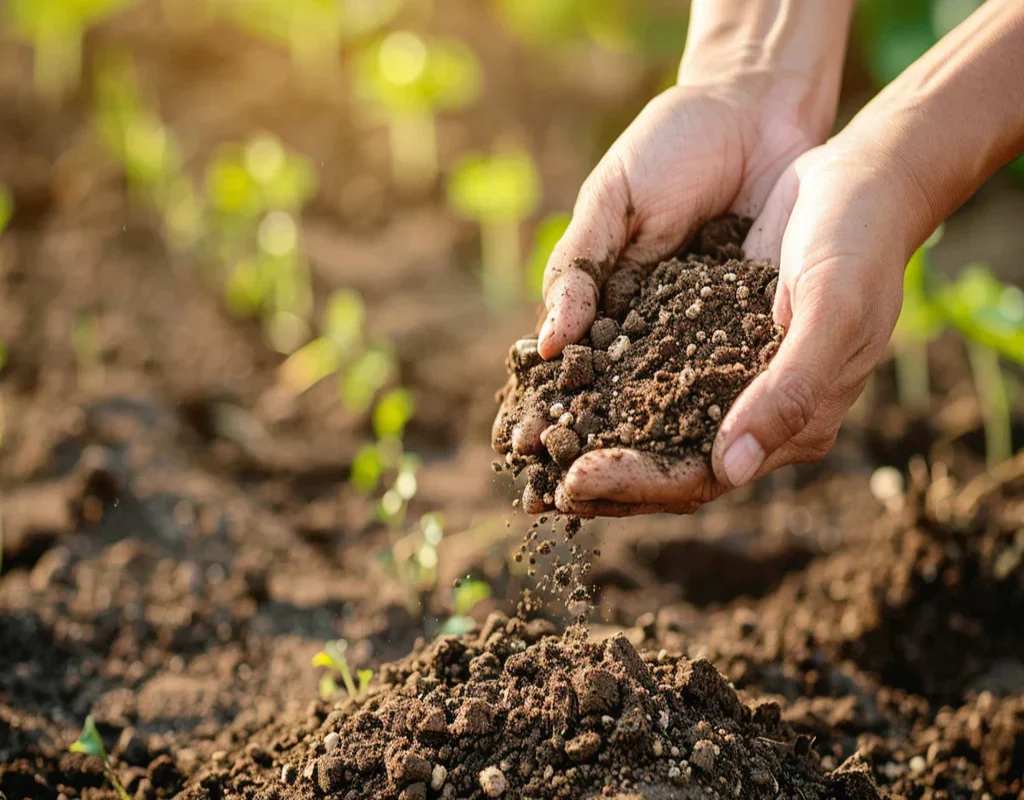
1. Compost – The All-Rounder
Compost is the single most effective amendment for sandy soil. It adds organic matter, which helps bind loose sand particles together, improving both water-holding capacity and nutrient availability.
- Benefits:
- Retains water like a sponge.
- Feeds beneficial soil microbes.
- Provides a slow release of nutrients.
- How to use:
Spread 2–3 inches of compost on the soil surface and mix it into the top 8–10 inches annually.
2. Aged Manure – Nutrient-Rich Boost
Well-rotted manure improves fertility and soil structure. Unlike fresh manure, aged manure is safe for plants and less likely to burn roots.
- Benefits:
- Adds nitrogen, phosphorus, and potassium.
- Improves microbial activity.
- Enhances soil texture, binding sand together.
- How to use:
Apply in fall or early spring at a rate of 1–2 inches worked into the soil.
3. Coconut Coir – A Sustainable Moisture Retainer
Coconut coir, a byproduct of coconut husks, is an eco-friendly alternative to peat moss.
- Benefits:
- Holds moisture up to 10 times its weight.
- Improves soil aeration while reducing compaction.
- Neutral pH compared to acidic peat moss.
- How to use:
Soak coir bricks in water to expand, then mix into soil at 20–30% volume.
4. Peat Moss – Long-Term Organic Matter
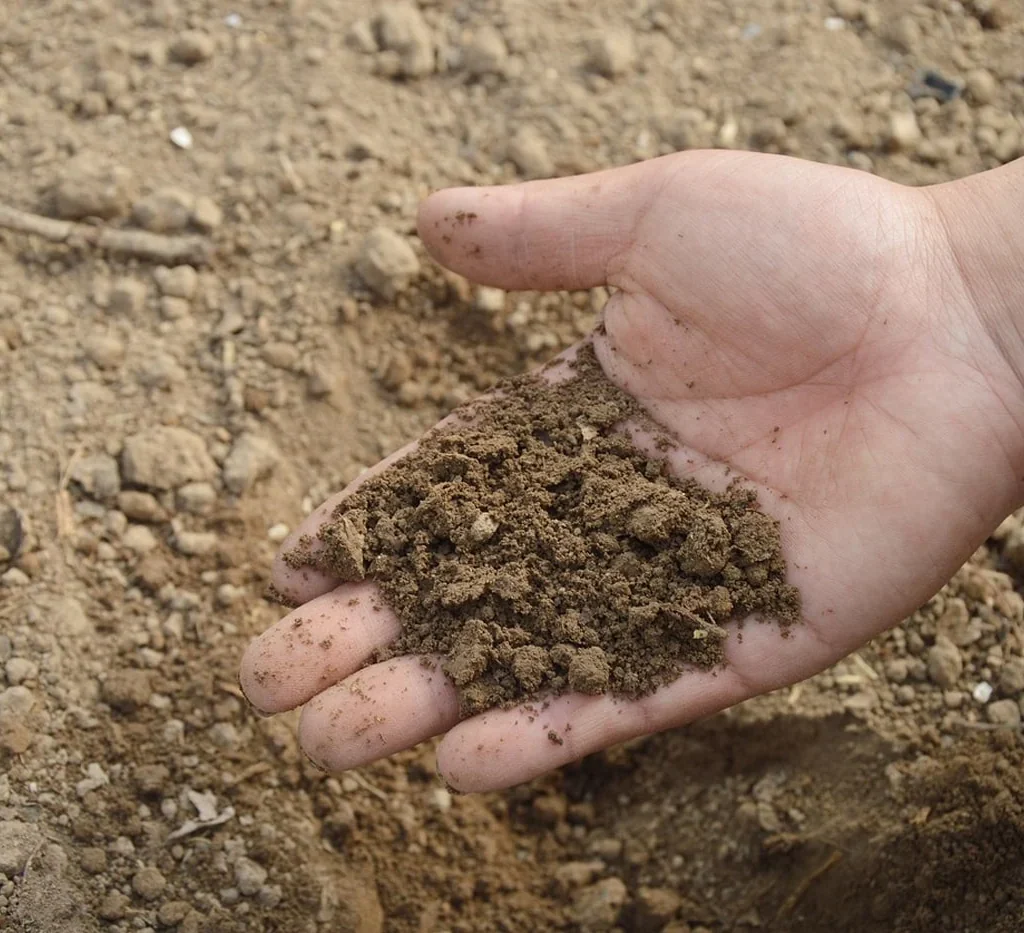
Peat moss has been a classic soil amendment for decades, though less sustainable than coir.
- Benefits:
- Holds water effectively.
- Improves soil structure by binding sand.
- Slightly acidifies soil, useful for blueberries and azaleas.
- How to use:
Incorporate 2–3 inches into the top 6–8 inches of soil. Avoid overuse as it can lower soil pH too much.
5. Biochar – A Modern Soil Enhancer
Biochar is a type of charcoal treated for soil use. It improves fertility by creating a porous structure that traps nutrients and water.
- Benefits:
- Retains nutrients and prevents leaching.
- Provides a home for beneficial microbes.
- Improves soil carbon content long-term.
- How to use:
Mix biochar with compost before adding to soil to “charge” it with nutrients. Apply at about 5–10% of soil volume.
6. Green Manures & Cover Crops – Natural Soil Builders
Planting cover crops like clover, rye, or alfalfa in sandy soil helps add organic matter naturally.
- Benefits:
- Roots add organic matter and improve soil structure.
- Reduces erosion in sandy soils prone to wind loss.
- Adds nitrogen if legumes are used.
- How to use:
Plant cover crops in fall and till them into the soil before spring planting.
7. Vermicompost (Worm Castings) – Microbe Superfood
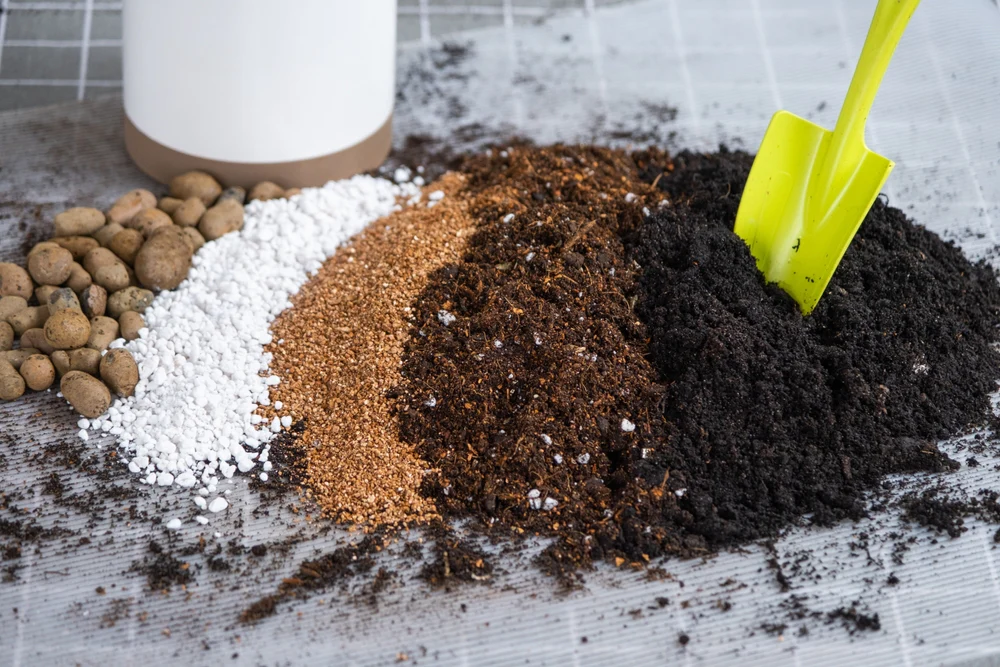
Worm castings are nutrient-rich and microbe-dense, making them perfect for improving sandy soil fertility.
- Benefits:
- High in essential nutrients in plant-available form.
- Improves soil aggregation and water retention.
- Boosts microbial life.
- How to use:
Mix 10–20% vermicompost into your soil or use as a top dressing around plants.
8. Chopped Leaves or Grass Clippings – Easy Organic Matter
Easily available organic matter like shredded leaves or grass clippings enrich sandy soil while improving drainage balance.
- Benefits:
- Provides slow-release organic matter.
- Reduces evaporation when used as mulch.
- Encourages earthworms.
- How to use:
Work chopped leaves into soil in fall, or use clippings as mulch during the growing season.
9. Gypsum (Calcium Sulfate) – Soil Structure Aid
While not an organic matter amendment, gypsum can help sandy soils by improving aggregation and adding calcium.
- Benefits:
- Provides calcium and sulfur.
- Reduces sodium buildup (important in coastal sandy soils).
- Enhances soil structure modestly.
- How to use:
Apply according to soil test results; excessive use can be unnecessary.
10. Mulch Layers – Surface Moisture Control
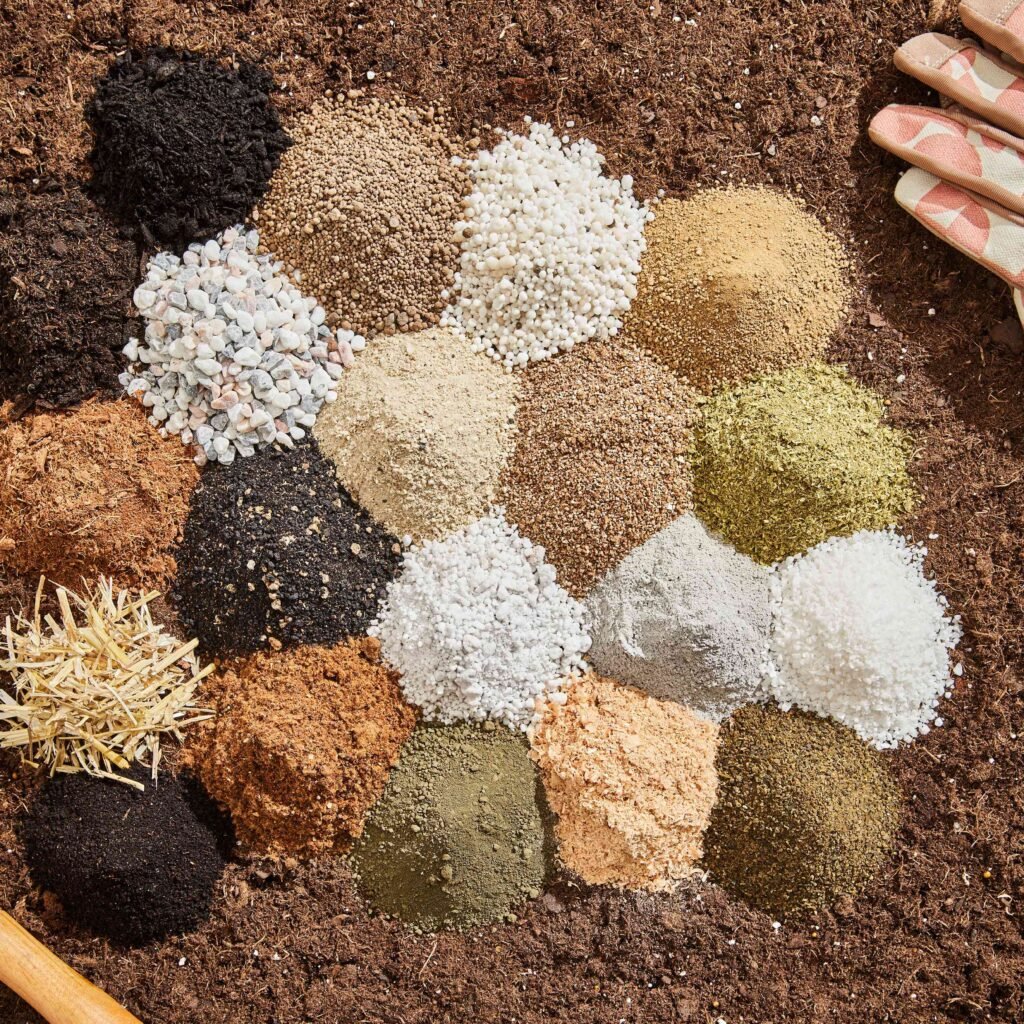
Organic mulches (straw, bark, pine needles) do not directly amend sandy soil, but they dramatically reduce water loss.
- Benefits:
- Keeps soil cooler and reduces evaporation.
- Gradually breaks down to add organic matter.
- Protects soil from wind erosion.
- How to use:
Spread a 2–3 inch layer over beds, keeping mulch away from plant stems.
How to Apply Amendments Effectively
- Start with Soil Testing – Sandy soil often lacks nutrients. A soil test tells you exactly what’s missing.
- Mix Deeply – Work amendments into at least 8–12 inches of soil for long-term benefits.
- Amend Annually – Sandy soil loses organic matter quickly, so yearly applications are essential.
- Combine Amendments – Compost + biochar + coir, for example, creates an ideal balance of fertility and moisture retention.
- Use Mulch as a Final Step – Always cover sandy soil with mulch to prevent evaporation.
Best Crops for Amended Sandy Soil
Once amended, sandy soils can be some of the most productive for certain crops, especially those that dislike “wet feet.” Great choices include:
- Root crops: Carrots, radishes, potatoes.
- Herbs: Rosemary, thyme, sage, oregano.
- Fruits: Watermelons, cantaloupes, strawberries.
- Vegetables: Lettuce, zucchini, tomatoes (with compost enrichment).
Final Thoughts
Sandy soil may seem challenging, but with the right amendments, it can be transformed into a rich, fertile, and well-balanced growing medium. The key is to add organic matter consistently, support soil biology, and use amendments like compost, manure, biochar, and coir that enhance water retention while preventing nutrient leaching.
By combining different amendments and maintaining soil with annual additions, sandy soil can shift from a difficult growing environment to a productive, resilient garden bed that supports a wide range of crops.
